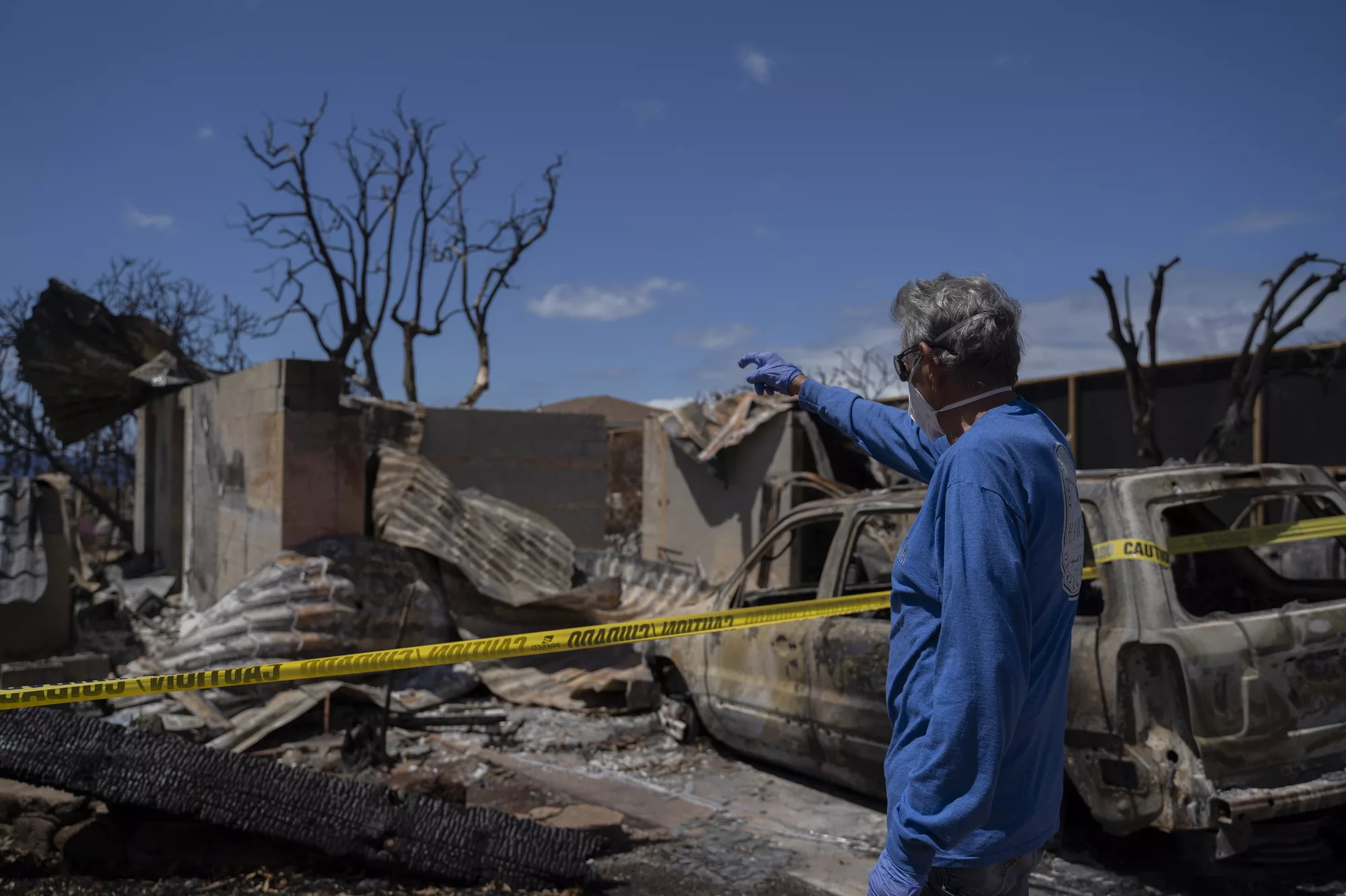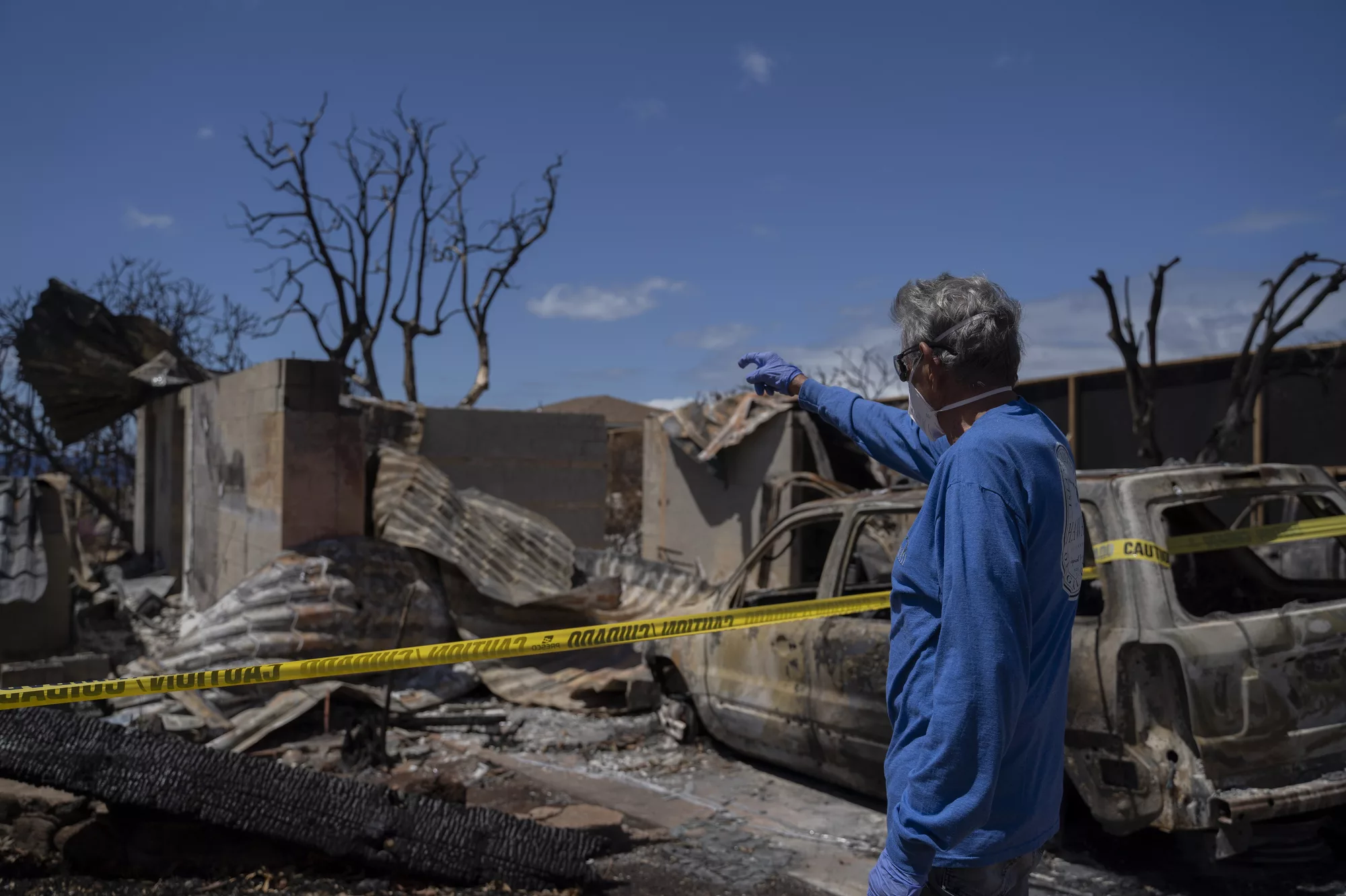Kamehameha Schools, the State of Hawaiʻi Department of Land and Natural Resources (DLNR) and Three Mountain Alliance (TMA) discovered a small population of Delissea argutidentata, a plant thought to be extinct in the wild.
The three organizations successfully planted 30 keiki plants propagated by the Volcano Rare Plant Facility from seeds retrieved from the small population of the newly found plant detected by a TMA staff member in March 2021.
The TMA staff member discovered the plant in a crater on KS land in a remote section of ma uka Kona while collecting seeds from other plants for use in nearby restoration areas.
The population was found growing on a dead māmane stump adjacent to an old enclosure, and appears to consist of three separate plants. Within the enclosure, the remains of a larger individual plant were visible. The discovery is significant because the plant species was previously considered extinct. Over the past year, staff from all three organizations have taken actions to protect the small population of plants and to safekeep its genetics.
Delissea argutidentata was last seen in this area in the early 1970s within three small enclosures fenced by a former tenant. A plant pressing collected from the area in 1971 notes that there were only three plants remaining, the tops of all the plants were damaged – presumably by cattle – and there was no regeneration, likely due to the dense grass. The forward-thinking and installation of protective fencing are key attributes to the species’ persistence in an area highly modified by previous pastoral usage.
In 1992, a single individual plant was rediscovered at Puʻu Waʻawaʻa, but this last known wild plant died in 2002. Until the recent find, there were no known wild plants and the species was considered extinct in the wild, though seeds were collected from the Puʻu Waʻawaʻa individual and many of its outplanted keiki survive today.
Delissea argutidentata has a long, unbranched, palm-like trunk topped by a dense round cluster of leaves. They can grow up to 35 feet tall, much taller than any other species in the lobelia family. They were previously found growing abundantly under the shade of giant koa trees and on the bottoms and slopes of old volcanic craters.
Of the 16 recognized species of Delissea, 14 are extinct and the remaining two are endangered. While no Hawaiian name has been recorded for Delissea argutidentata, they are very similar to plants in the related genus Cyanea, and could have been known by the same name, Hāhā; or given its extremely tall, unbranched form, one could descriptively call this plant hāhā kiʻekiʻe (tall hāhā).
In March 2021, TMA, DLNR Division of Forestry and Wildlife (DOFAW) and KS staff installed a temporary fence around the population, and collected eight ripe fruit. Some fruit were sent to Lyon Arboretum for storage and others were taken to the Volcano Rare Plant Facility for propagation.
In February 2022, KS staff revisited the population and collected 12 fruit from the two largest plants. These fruit were sent to Lyon Arboretum for storage.
(Photo credit: Kamehameha Schools)

Police Warn the Public About Phone Scams
The Hawai‘i County Police Department (HPD) is warning the public of a phone scam where unknown…




